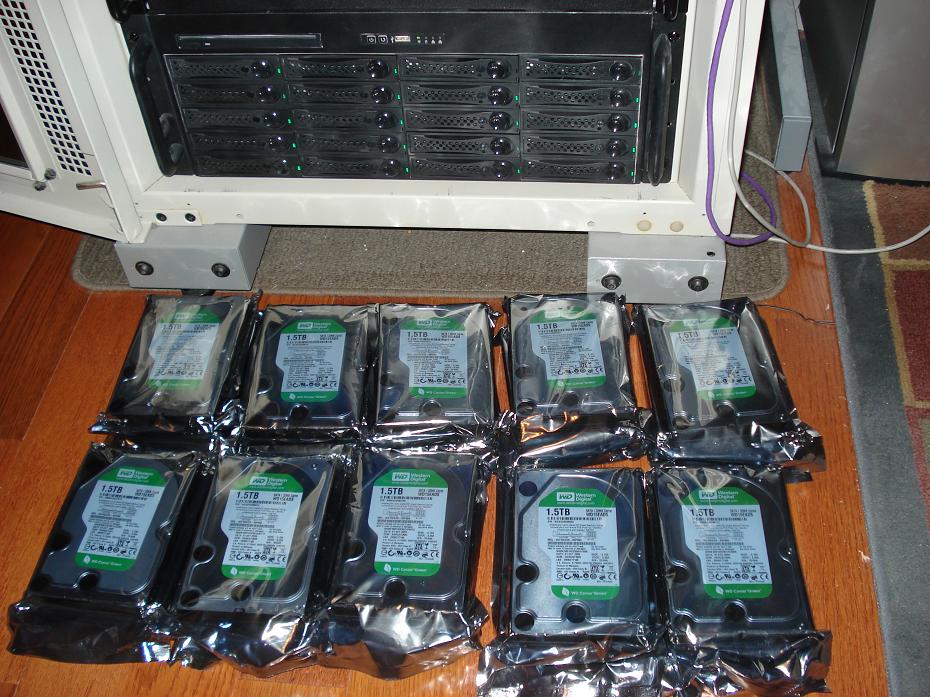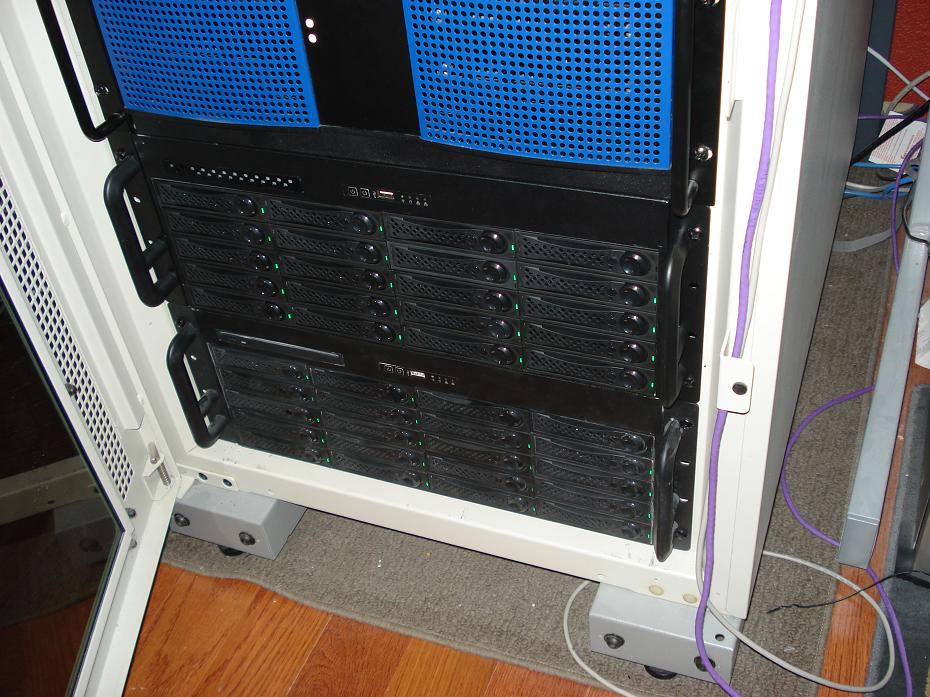unhappy_mage
[H]ard|DCer of the Month - October 2005
- Joined
- Jun 29, 2004
- Messages
- 11,455
I am getting horrible performance with ZFS on FreeNAS. I can't get any more than 30mb/sec off the drives. When using a single drive in UFS, I can get 70-80MB. I think I need to do some tweaking. Anyone have any tips?
Don't use one big vdev like that; split it into two or three or four groups. Or use mirrors.
![[H]ard|Forum](/styles/hardforum/xenforo/logo_dark.png)






